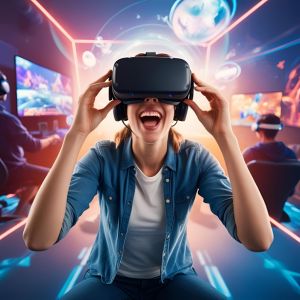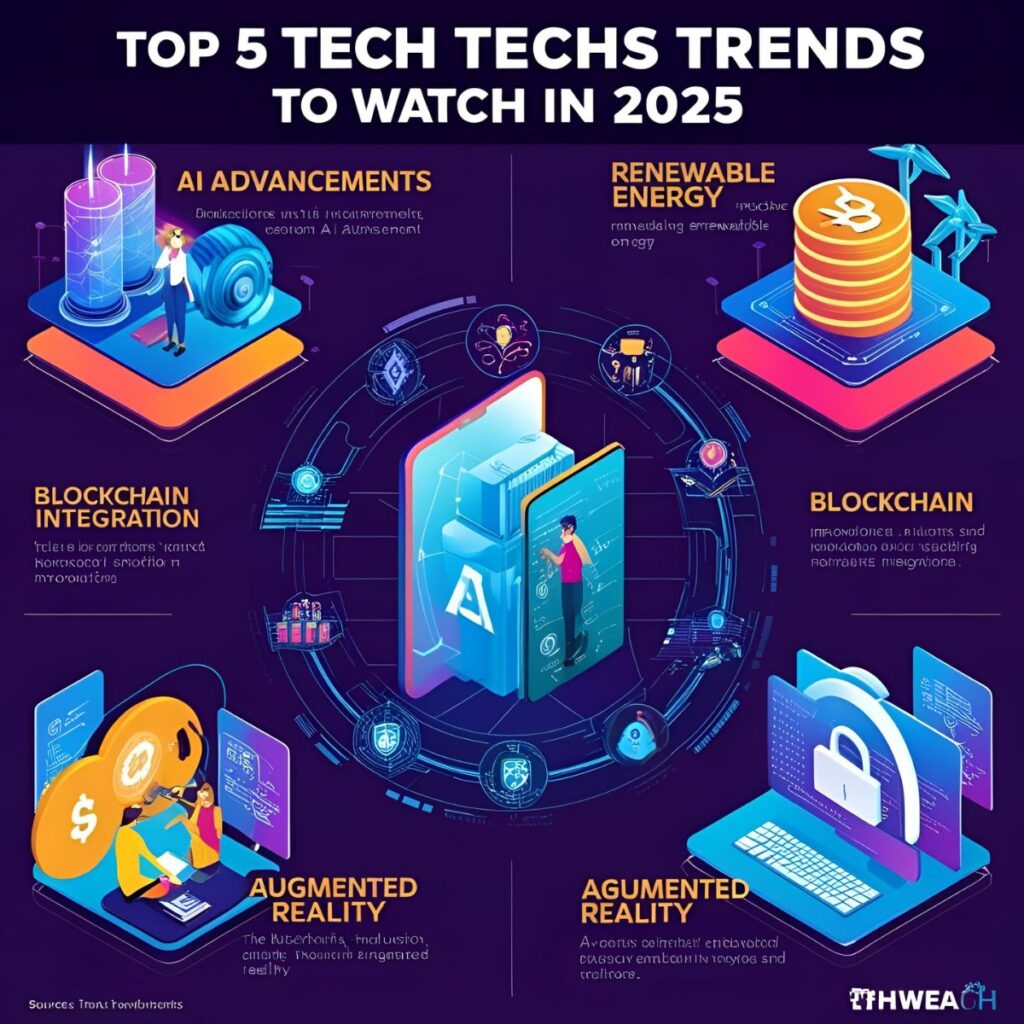Virtual Reality (VR) is no longer a futuristic fantasy; it’s a rapidly evolving technology that is transforming the way we experience entertainment and learn. By immersing users in computer-generated environments, VR offers unprecedented levels of engagement and interactivity, creating profound shifts in industries like gaming and education.
This article explores the exciting ways in which virtual reality is revolutionizing both the world of gaming and the realm of education, highlighting the unique benefits and future potential of this immersive technology.
Virtual Reality in Gaming: A New Dimension of Immersion
Gaming has always strived for greater realism and immersion, and virtual reality has taken this pursuit to a whole new level. VR transports players directly into the game world, blurring the lines between the virtual and the real.
- Unparalleled Immersion: VR headsets and controllers allow players to physically interact with the virtual environment, creating a sense of presence and immersion that traditional gaming cannot replicate. Imagine feeling the wind as you soar through the sky in a flight simulator or ducking behind cover in a virtual battlefield.
- Enhanced Gameplay Experiences: VR opens up entirely new gameplay possibilities. Games can be designed with 360-degree environments, allowing players to explore and interact with the world in a more natural and intuitive way. Motion controls provide a more engaging and physical gameplay experience.
- New Genres and Experiences: VR has given rise to new genres of games and experiences that are unique to the platform. From room-scale adventures where you physically move around a space to interactive storytelling that puts you at the center of the narrative, VR offers diverse and innovative gaming experiences.
- Social VR: Multiplayer VR games allow players to connect and interact with each other in virtual spaces, fostering a sense of community and shared experience that transcends traditional online gaming.
- Growing Accessibility: As VR technology becomes more affordable and user-friendly, it’s becoming more accessible to a wider audience, leading to a growing and vibrant VR gaming community.
Virtual Reality in Education: Transforming the Learning Experience

Beyond entertainment, VR is also making significant strides in the field of education, offering innovative ways to learn and engage with complex subjects.
- Experiential Learning: VR allows students to experience concepts firsthand in a safe and controlled virtual environment. For example, students can dissect a virtual human body, explore ancient historical sites, or conduct scientific experiments that might be too dangerous or expensive in the real world.
- Increased Engagement and Motivation: The immersive nature of VR can significantly increase student engagement and motivation. Learning becomes an active and interactive process rather than a passive one, making education more enjoyable and memorable.
- Enhanced Understanding of Complex Concepts: Abstract or complex concepts can be visualized and explored in VR, making them easier to understand. Students can manipulate virtual objects, explore 3D models, and gain a deeper understanding of intricate systems.
- Personalized Learning Experiences: VR can be tailored to individual learning styles and paces. Students can revisit virtual lessons as many times as needed and interact with content in ways that suit their learning preferences.
- Skill Development and Training: VR is an effective tool for vocational training and skill development. Students can practice complex procedures in a virtual environment without the risks associated with real-world scenarios. This is particularly valuable in fields like medicine, engineering, and aviation.
- Accessibility and Inclusivity: VR can provide accessible learning experiences for students with disabilities, offering alternative ways to interact with educational content.
The Synergistic Potential:
 The advancements in VR technology are benefiting both gaming and education, often in overlapping ways:
The advancements in VR technology are benefiting both gaming and education, often in overlapping ways:
- Developing Soft Skills: Many VR games and educational experiences can help develop valuable soft skills such as problem-solving, critical thinking, teamwork, and communication.
- Creating Engaging Content: The techniques and design principles used in creating immersive VR games can be applied to develop more engaging and effective educational content.
- Sharing and Collaboration: The social aspects of VR gaming can be leveraged in educational settings to facilitate collaborative learning and virtual field trips.
Challenges and the Future:
While the potential of VR in gaming and education is immense, there are still challenges to overcome:
- Cost and Accessibility: VR hardware can still be expensive, limiting accessibility for some individuals and educational institutions.
- Comfort and User Experience: Improving the comfort and ease of use of VR headsets is crucial for wider adoption.
- Content Creation: Developing high-quality and engaging VR content requires specialized skills and resources.
- Potential for Motion Sickness: Some users may experience motion sickness in VR environments.
Despite these challenges, the future of VR in both gaming and education looks incredibly promising. As the technology continues to evolve, becoming more affordable, comfortable, and accessible, we can expect to see even more innovative and transformative applications emerge.
Conclusion: Embracing the Immersive Future
Virtual reality is no longer a novelty; it’s a powerful technology that is fundamentally changing how we play and learn. In gaming, it’s creating unprecedented levels of immersion and new ways to interact with virtual worlds. In education, it’s offering experiential learning opportunities that can make complex subjects more engaging and accessible.
As VR technology continues to mature and become more widely adopted, its impact on gaming and education will only deepen. We are on the cusp of an immersive future where the boundaries between the physical and virtual worlds continue to blur, opening up exciting new possibilities for entertainment and learning. Embracing this technology and exploring its potential will be key to unlocking a more engaging and enriching future for both play and education.
This Article was generated by AI.



